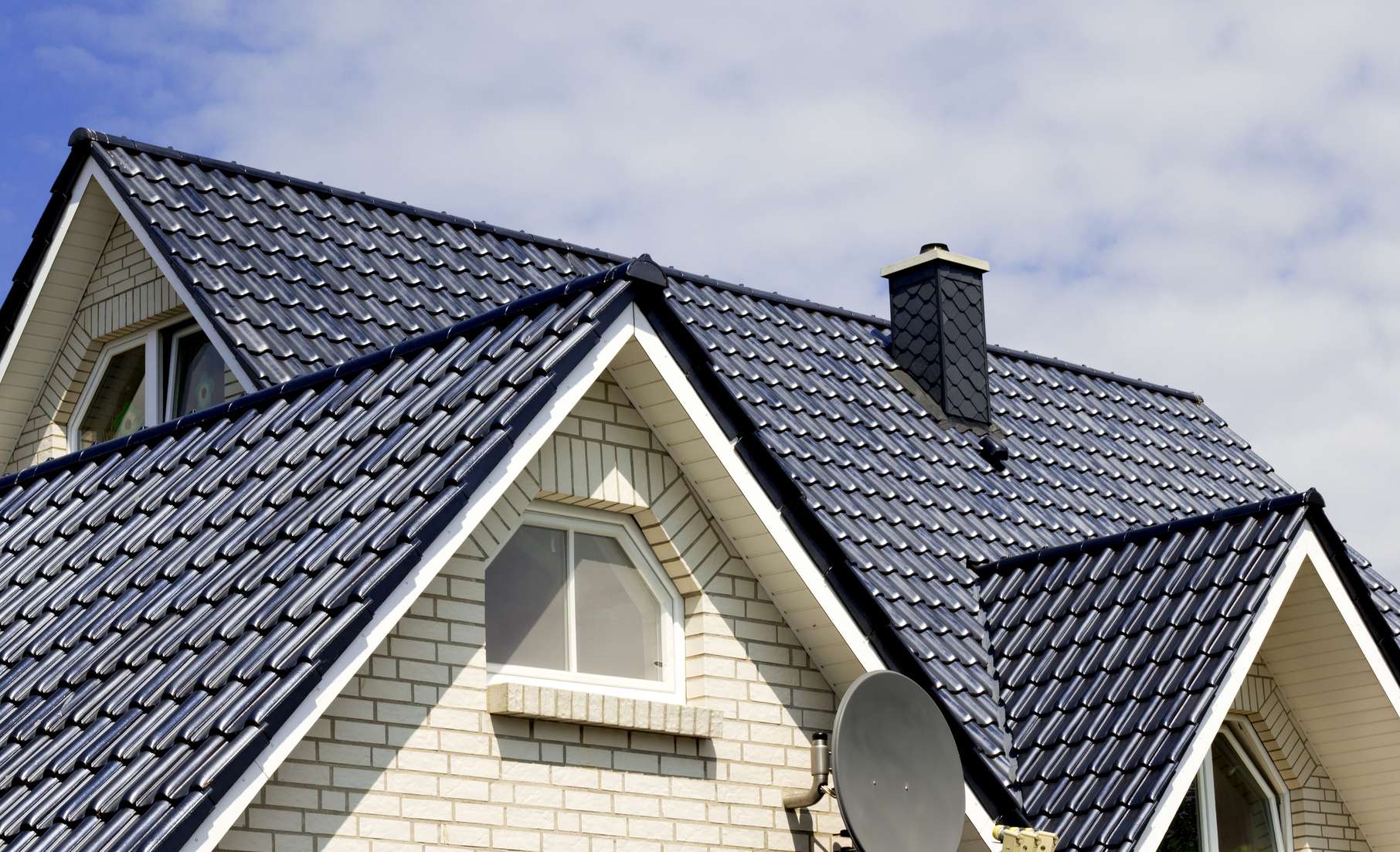

Articles
What Is A Roof
Modified: October 20, 2024
Looking for articles about what a roof is? Get all the information you need to know about roofs, including types, materials, and maintenance, in this comprehensive guide.
(Many of the links in this article redirect to a specific reviewed product. Your purchase of these products through affiliate links helps to generate commission for Storables.com, at no extra cost. Learn more)
Introduction
A roof serves as a vital component of any structure, providing protection and shelter from the elements. It plays a crucial role in safeguarding buildings, occupants, and belongings from rain, snow, heat, and wind. A well-designed and properly maintained roof can enhance the aesthetic appeal, energy efficiency, and longevity of a structure.
In this article, we will explore the importance of having a reliable roof, discuss the different components that make up a roof, highlight various types of roofs, delve into commonly used roofing materials, share tips on roof inspection and maintenance, provide insight into signs of roof damage, offer guidance on hiring a reputable roofing contractor, and discuss the factors influencing roofing costs. By the end, you will have a comprehensive understanding of what makes a roof strong, durable, and protective.
So, whether you are a homeowner looking to better understand your roof or a professional seeking to expand your knowledge in the field, read on to discover everything you need to know about roofs.
Key Takeaways:
- A reliable roof is crucial for protecting buildings, occupants, and belongings from the elements, enhancing comfort, and adding value to the structure. Regular maintenance and hiring reputable contractors are essential for ensuring a durable and long-lasting roof.
- Understanding the components, types, materials, inspection, and maintenance of roofs is vital for making informed decisions. Consider factors such as durability, climate compatibility, and roofing costs when choosing the right roofing materials and contractors for your specific needs.
Read more: What Is A Rolled Roof
Importance of a Roof
A roof is the first line of defense against the elements for any structure. It protects the building, its occupants, and belongings from rain, snow, wind, and extreme temperatures. Here are some key reasons why a reliable roof is essential:
- Protection: A roof provides protection from water damage, which can lead to structural issues, mold growth, and damage to belongings. It also shields against the harmful effects of UV rays, preventing interior fading and deterioration.
- Comfort: A well-insulated roof helps regulate indoor temperature, keeping the interior cool in hot weather and warm in cold weather. This improves comfort for occupants and reduces the strain on heating and cooling systems, resulting in energy savings.
- Structural Integrity: A sturdy roof supports the overall structural integrity of a building. It distributes the weight of the roof materials evenly, preventing sagging, bowing, or collapse under heavy snow or other loads.
- Curb Appeal: The roof is one of the most visible elements of a building’s exterior. A well-designed roof can enhance the aesthetic appeal of the structure, adding value and attracting potential buyers or tenants.
- Longevity: A properly installed and well-maintained roof can have a long lifespan, reducing the need for frequent repairs or replacements. Regular maintenance and inspections can identify issues early on, preventing costly damage down the line.
- Insurance Requirements: Many insurance companies require a roof inspection or have specific requirements for coverage. Having a solid roof that meets insurance standards can help ensure that a building is adequately protected.
In summary, a roof is a fundamental component of any building, providing protection, comfort, and longevity. Investing in a high-quality roof and performing regular maintenance are crucial for the overall well-being of a structure and its occupants.
Components of a Roof
A roof is a complex system made up of various components that work together to provide structural integrity and protection. Understanding these components is essential for maintaining and repairing a roof effectively. Here are the key components of a roof:
- Roof Deck: The roof deck is the base layer of the roof, typically made of plywood or oriented strand board (OSB). It provides structural support and serves as the foundation for the other layers.
- Underlayment: The underlayment is a waterproof material, such as felt or synthetic membranes, installed on top of the roof deck. It acts as an extra layer of protection against moisture, preventing leaks.
- Roofing Material: The roofing material is the visible layer of the roof and has a significant impact on the roof’s appearance, durability, and performance. Common roofing materials include shingles, tiles, metal sheets, and membrane systems.
- Flashing: Flashing is a thin metal material used to seal joints and prevent water from seeping into vulnerable areas, such as the intersections of the roof with chimneys, vents, skylights, or walls.
- Ridge Vent: A ridge vent is a ventilation system installed at the peak of the roof. It allows hot air to escape from the attic, promoting airflow and preventing moisture buildup.
- Gutters and Downspouts: Gutters and downspouts are responsible for collecting rainwater and directing it away from the roof and foundation. They help prevent water pooling and potential damage to the structure.
- Drip Edge: A drip edge is a metal strip installed along the edges of a roof. It helps channel water away from the fascia and prevents water from seeping under the roofing material.
- Fascia and Soffit: The fascia is a horizontal board located at the edge of the roof, supporting the lower edge of the roof deck. Soffit is the underside of the roof’s overhang. Both fascia and soffit play a role in ventilation and aesthetics.
- Sealant and Adhesive: Sealant and adhesive are used to provide additional waterproofing and to bond various components of the roof together. They help seal gaps, joints, and seams, preventing water infiltration.
These components work together to create a strong and resilient roof system. Regular inspections and maintenance of these components are essential to ensure the longevity and effectiveness of the roof in protecting the structure and its occupants from the elements.
Roof Types
There are numerous roof types, each with its own architectural style, functionality, and advantages. The choice of roof type depends on various factors, including climate, building design, personal preferences, and budget. Here are some common roof types:
- Gable Roof: A gable roof, also known as a peaked or pitched roof, is one of the most common roof types. It has two sloping sides that meet at a central ridge, forming a triangular shape. Gable roofs are known for their simplicity and excellent water shedding capabilities.
- Hip Roof: A hip roof has slopes on all four sides that meet at a ridge. The slopes are equal in length, and the corners of the roof are typically rounded. Hip roofs provide good stability and are suitable for areas with high wind or snow loads.
- Flat Roof: As the name suggests, a flat roof is nearly horizontal, with only a slight slope for water drainage. Flat roofs are commonly used in modern and commercial buildings. They provide additional usable space for rooftop gardens, solar panels, or HVAC equipment.
- Mansard Roof: A mansard roof has two slopes on all four sides, with the lower slope being steeper than the upper slope. This design allows for extra living or storage space in the upper portion of the structure. Mansard roofs are often associated with French architectural styles.
- Gambrel Roof: Similar to a mansard roof, a gambrel roof has two slopes on each side. However, the lower slope is steeper and the upper slope is shallower. Gambrel roofs are often seen in barns or Dutch Colonial-style homes, offering additional headroom or attic space.
- Shed Roof: A shed roof, also known as a mono-pitched roof, has a single slope that is higher on one side and lower on the other. It is a simple and cost-effective roof design commonly used for sheds, additions, or modern-style homes.
These are just a few examples of the many roof types available. It’s important to consider factors such as aesthetics, functionality, local building codes, and the climate in your area when choosing the right roof type for your building or home.
Roofing Materials
When it comes to roofing materials, there is a wide range of options available, each with its own unique characteristics and benefits. The choice of roofing material depends on factors such as climate, durability, aesthetic appeal, and budget. Here are some commonly used roofing materials:
- Asphalt Shingles: Asphalt shingles are the most popular and widely used roofing material. They are affordable, durable, and available in various colors and styles. Asphalt shingles are relatively easy to install and provide good protection against weather elements.
- Metal Roofing: Metal roofs, including steel, aluminum, and copper, have gained popularity due to their longevity and energy efficiency. Metal roofs are durable, lightweight, and can withstand extreme weather conditions. They offer excellent resistance to fire, mold, and rot.
- Wood Shingles or Shakes: Wood shingles or shakes are a natural and aesthetically pleasing roofing option. They are typically made from cedar or redwood and provide excellent insulation. However, wood shingles require regular maintenance to prevent rot, insect infestation, and fire risk.
- Clay or Concrete Tiles: Clay or concrete tiles are popular in Mediterranean or Spanish-style architecture. They are durable, fire-resistant, and can withstand harsh weather conditions. Tiles offer excellent insulation and are available in various colors and styles.
- Slate: Slate is a high-end roofing material known for its elegance and longevity. It is a natural stone that offers exceptional durability and resistance to fire, rot, and insect damage. Slate is a heavy material and requires professional installation.
- Synthetic Roofing Materials: Synthetic roofing materials, such as synthetic slate or shake, are designed to mimic the appearance of natural materials while offering enhanced durability, lighter weight, and lower maintenance requirements.
- Green Roof: Green roofs have gained popularity for their environmental benefits. They consist of a layer of vegetation planted on top of a waterproof membrane. Green roofs provide insulation, reduce stormwater runoff, and create a natural habitat.
It’s important to consider factors such as lifespan, maintenance requirements, energy efficiency, and local building codes when selecting a roofing material. Consulting with a roofing professional can help you make the best choice based on your specific needs and budget.
When considering what type of roof to install, take into account the climate and weather conditions in your area. Different materials and designs are better suited for different climates.
Read more: What Is A Roof Soffit
Roof Inspection and Maintenance
Regular roof inspection and maintenance are essential for ensuring the longevity and performance of your roof. By identifying and addressing any issues promptly, you can prevent costly repairs or premature replacement. Here are some tips for roof inspection and maintenance:
- Visual Inspection: Regularly inspect your roof from the ground to check for any visible signs of damage, such as missing or damaged shingles, cracked tiles, or sagging areas. Use binoculars if needed.
- Gutter Cleaning: Clear out debris, leaves, and branches from gutters and downspouts regularly. Clogged gutters can lead to water backup, causing damage to the roof and foundation.
- Trim Tree Branches: Trim back any tree branches that are in close proximity to your roof. Overhanging branches can scrape against the roof, causing damage and providing easy access for pests.
- Check for Leaks: Inspect the interior of your home for any evidence of water stains or leaks on the ceiling or walls. Leaks may indicate a roofing issue that needs to be addressed promptly.
- Inspect Flashing and Sealants: Check the flashing around chimneys, vents, skylights, and other roof penetrations for signs of damage or deterioration. Also, inspect sealants and caulk for any cracks or gaps that may need to be repaired or replaced.
- Clean Debris: Remove any debris, such as leaves, branches, or moss, from the roof surface. These can trap moisture and lead to decay or create a breeding ground for pests.
- Roof Snow Removal: If you live in an area with heavy snowfall, it’s important to remove snow from your roof to prevent excessive weight and potential collapse. Use a roof rake or hire a professional to safely remove the snow.
- Professional Inspection: Schedule a professional roof inspection at least once a year or after severe weather events. Professional roofers can identify and address any underlying issues that may not be visible to the untrained eye.
- Address Repairs Promptly: If you notice any signs of roof damage, such as leaks, missing shingles, or deteriorating flashing, address repairs promptly to prevent further damage and maintain the integrity of your roof.
Remember, safety is paramount when inspecting or performing maintenance on your roof. If you are uncomfortable or unsure about performing any tasks yourself, it is best to hire a qualified roofing professional.
Signs of Roof Damage
Regularly inspecting your roof for signs of damage is crucial to catch any issues early on and prevent further damage. Here are some common signs of roof damage to watch out for:
- Missing or Damaged Shingles: Check for any missing, cracked, curled, or damaged shingles. These can leave your roof vulnerable to leaks and water damage.
- Leaking or Water Stains: Water stains on ceilings or walls indicate a potential roof leak. Check for any signs of water damage, such as damp spots or discoloration.
- Sagging or Drooping Roof: A sagging or drooping roof is a serious issue that requires immediate attention. It could indicate structural damage or excessive weight on the roof.
- Granule Loss: If you find an excessive amount of granules in your gutters or downspouts, it may be a sign of roof shingle deterioration.
- Mold or Mildew: Moss, algae, or mold growth on the roof can indicate excess moisture that needs to be addressed. These can lead to decay and compromise the integrity of the roof.
- Cracked or Deteriorated Flashing: Inspect the flashing around chimneys, vents, skylights, and other roof penetrations. Cracks, rust, or other signs of deterioration may indicate a need for repair or replacement.
- Interior Damage: Check the attic or interior of your home for signs of water stains, mold, or musty odors. These are signs of a leaky roof that needs immediate attention.
- Increased Energy Bills: A sudden increase in energy bills could be a sign of poor insulation or ventilation in your roof. This can lead to heat loss in the winter or excessive heat buildup in the summer.
- Animal Infestation: Pests, such as rodents or birds, can cause damage to your roof, including chewing on shingles or creating nests. Look for any signs of animal activity on your roof.
- Aged Roof: If your roof is over 20 years old, it may be more susceptible to damage and deterioration. Regular inspections are crucial to catch any signs of aging or wear and tear.
If you notice any of these signs of roof damage, it’s important to take prompt action. Contact a professional roofer to assess the extent of the damage and recommend the appropriate repairs or maintenance.
Hiring a Roofing Contractor
When it comes to roof repairs or replacement, hiring a reputable roofing contractor is crucial to ensure the job is done correctly and efficiently. Here are some important factors to consider when hiring a roofing contractor:
- Experience and Reputation: Look for an established roofing contractor with a proven track record in the industry. Check their experience, certifications, licenses, and any affiliations with professional organizations.
- Insurance and Licensing: Ensure that the contractor is properly licensed and carries adequate liability insurance. This protects you, the homeowner, from liability in case of accidents or damage during the project.
- Portfolio and References: Ask for a portfolio of their past work and request references from previous clients. This will give you an idea of the quality of their workmanship and their level of customer satisfaction.
- Written Estimates and Contracts: Obtain written estimates from multiple contractors and compare them. Make sure the estimates include a detailed breakdown of the work to be done, materials, timelines, and payment terms. Sign a contract that clearly outlines these details to protect both parties.
- Warranties and Guarantees: Inquire about the warranties or guarantees offered by the roofing contractor. This includes both material warranties provided by manufacturers and workmanship warranties provided by the contractor.
- Communication and Availability: Choose a contractor who is responsive to your inquiries and communicates effectively. They should be available to discuss any concerns or questions you may have throughout the project.
- Safety Measures: Ensure that the roofing contractor follows proper safety protocols. Inquire about their safety practices and ask if their workers are trained and certified in safety procedures.
- Payment Schedule: Discuss the payment schedule before starting the project. Be cautious of contractors who demand full payment upfront. A typical payment schedule includes a down payment and subsequent payments based on project milestones.
- Local Knowledge: Consider hiring a roofing contractor who is familiar with the local building codes, regulations, and weather conditions. They will have a better understanding of the specific requirements for your area.
- Get Multiple Bids: It’s advisable to get quotes from multiple contractors to compare prices, services offered, and materials. However, be cautious of extremely low bids, as they may indicate subpar workmanship or the use of low-quality materials.
By considering these factors and doing your due diligence, you can hire a reputable roofing contractor who will ensure that your roof project is completed professionally and to your satisfaction.
Roofing Costs
Roofing costs vary depending on several factors, including the size of the roof, the type of roofing material, the complexity of the project, and the location. It’s important to understand these factors and get accurate cost estimates before starting a roofing project. Here are some key aspects to consider when determining roofing costs:
- Roof Size and Complexity: The size of the roof is one of the main factors influencing roofing costs. A larger roof requires more materials and labor, increasing the overall cost. Additionally, roofs with complex designs or multiple angles may require additional time and effort to install, impacting the total cost.
- Roofing Material: The choice of roofing material significantly affects the cost. Asphalt shingles are generally the most affordable option, while materials like metal, tile, or slate tend to be more expensive. Additionally, high-end roofing materials often come with a higher price tag due to their durability and aesthetics.
- Roof Pitch: The pitch or slope of the roof can impact the cost. Steeper roofs require additional safety measures and may require more time and specialized equipment to install. This can result in higher labor costs.
- Removal of Existing Roof: If your project involves removing an existing roof, there will be additional costs for the labor and disposal of the old materials. This depends on the number of layers to be removed and the ease of access for the roofing crew.
- Underlayment and Additional Components: The cost of underlayment, flashing, vents, and other additional components should be factored into the overall estimate. These materials play a crucial role in the performance and longevity of the roof.
- Labor Costs: Labor costs can vary depending on the experience and expertise of the roofing contractor and the local market. It’s important to obtain multiple quotes to compare prices and ensure you’re getting fair and competitive labor costs.
- Permits and Inspections: Depending on your location, obtaining permits for a roofing project may be required. Permit costs vary by jurisdiction and should be considered when calculating the overall roofing costs. Additionally, some areas may require inspections to ensure compliance, which may incur additional fees.
- Geographical Location: Roofing costs can also be influenced by the geographical location. Factors such as local labor rates, cost of living, and supply and demand for roofing materials can vary from one region to another, impacting the overall cost of the project.
It’s recommended to get estimates from several reputable roofing contractors to get a clear understanding of the costs involved. Remember that while cost is an important factor, it’s equally important to prioritize quality materials and professional installation to ensure a durable and long-lasting roof.
Read more: What Is A Parapet Roof
Conclusion
Roofs are more than just a covering for our homes and buildings; they play a vital role in protecting us and our belongings from the elements. Understanding the importance of a reliable roof is key to maintaining a safe and comfortable living environment.
In this article, we explored various aspects of roofs, including their components, different types, roofing materials, inspection and maintenance, signs of damage, hiring a roofing contractor, and the factors influencing roofing costs. By understanding these elements, you are equipped with the knowledge to make informed decisions when it comes to your roof.
Regular roof inspections, proper maintenance, and addressing any issues promptly are crucial to ensure the longevity and performance of your roof. Taking the time to hire a reputable roofing contractor who is experienced, licensed, and insured is essential for a successful roofing project. Remember to refer to their portfolio, seek references, and obtain written estimates and contracts to protect both parties.
When it comes to choosing roofing materials, consider factors such as durability, climate compatibility, energy efficiency, and personal preferences. Each roofing material has its own unique characteristics and benefits, so selecting the right one for your specific needs is important.
Lastly, be mindful of the factors that influence roofing costs, such as roof size, complexity, roofing material, labor costs, and geographic location. Obtaining multiple estimates and considering the long-term value and quality of the materials and workmanship will help you make an informed decision that aligns with your budget.
With this comprehensive understanding of roofs, you are well-equipped to ensure the durability, protection, and functionality of your roof. Remember to prioritize regular inspections, proper maintenance, and timely repairs to preserve the integrity of your roof for years to come.
Frequently Asked Questions about What Is A Roof
Was this page helpful?
At Storables.com, we guarantee accurate and reliable information. Our content, validated by Expert Board Contributors, is crafted following stringent Editorial Policies. We're committed to providing you with well-researched, expert-backed insights for all your informational needs.
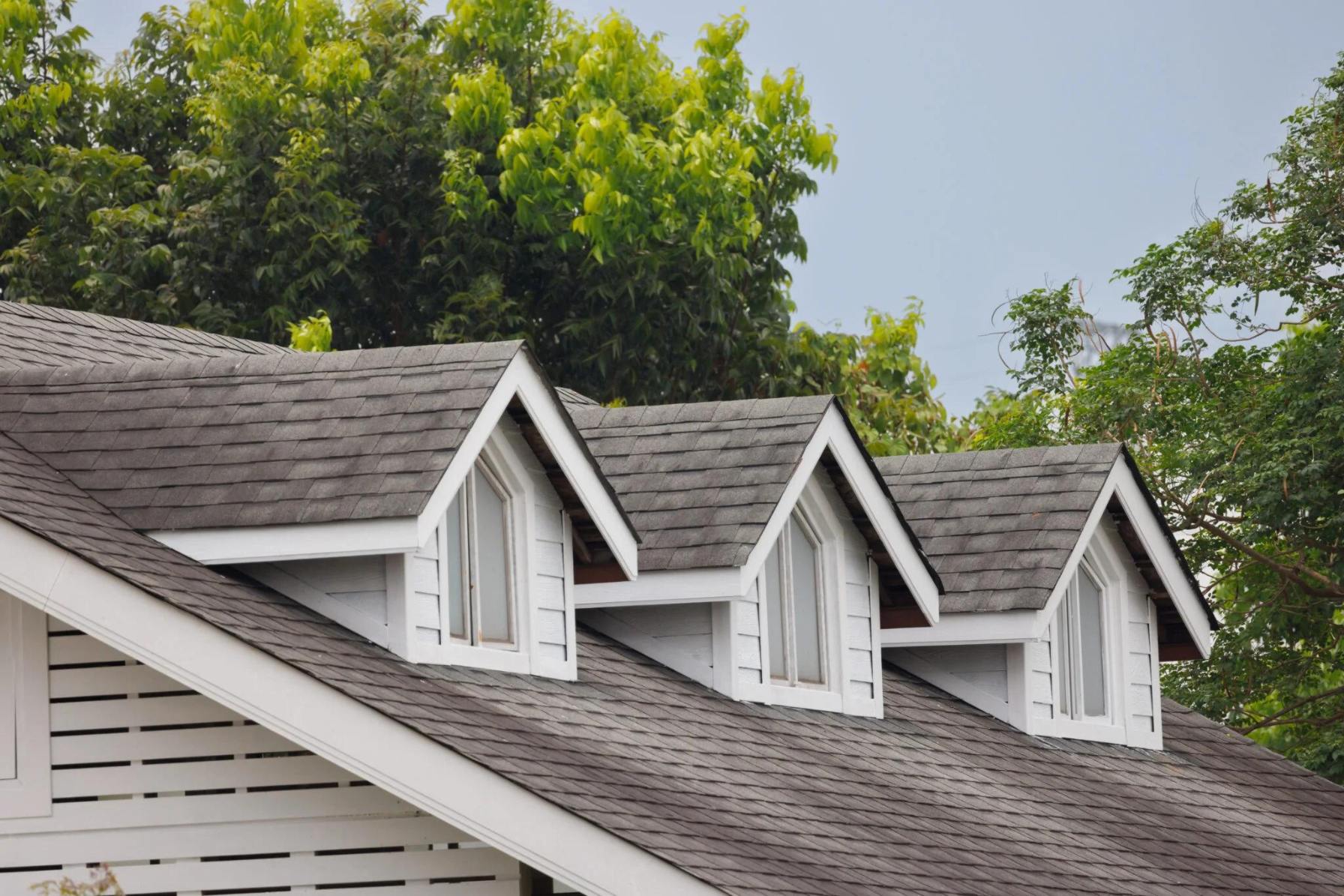
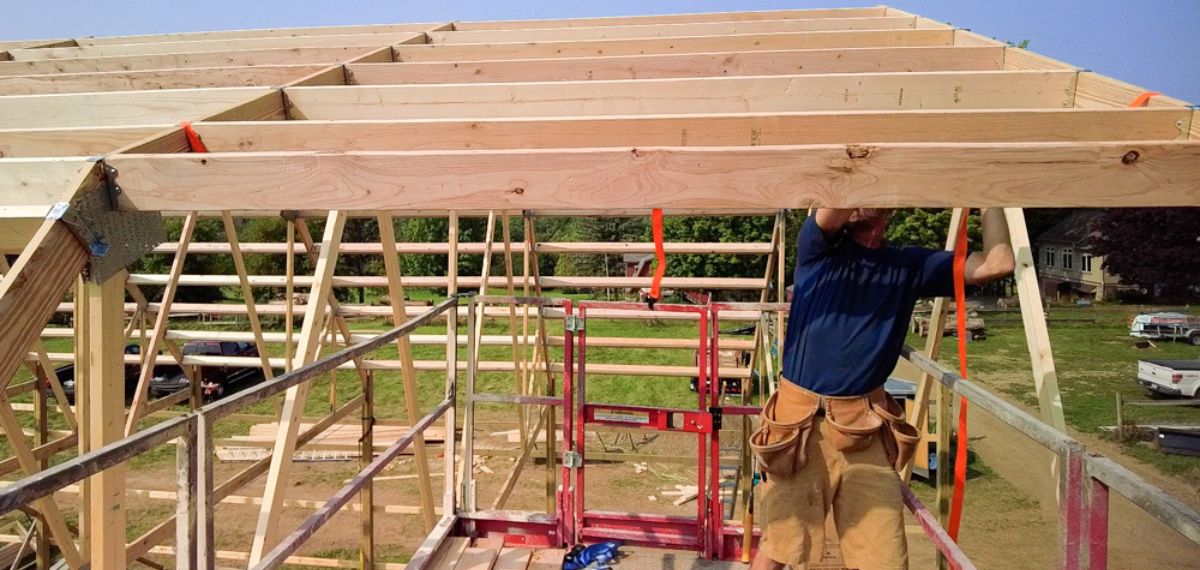
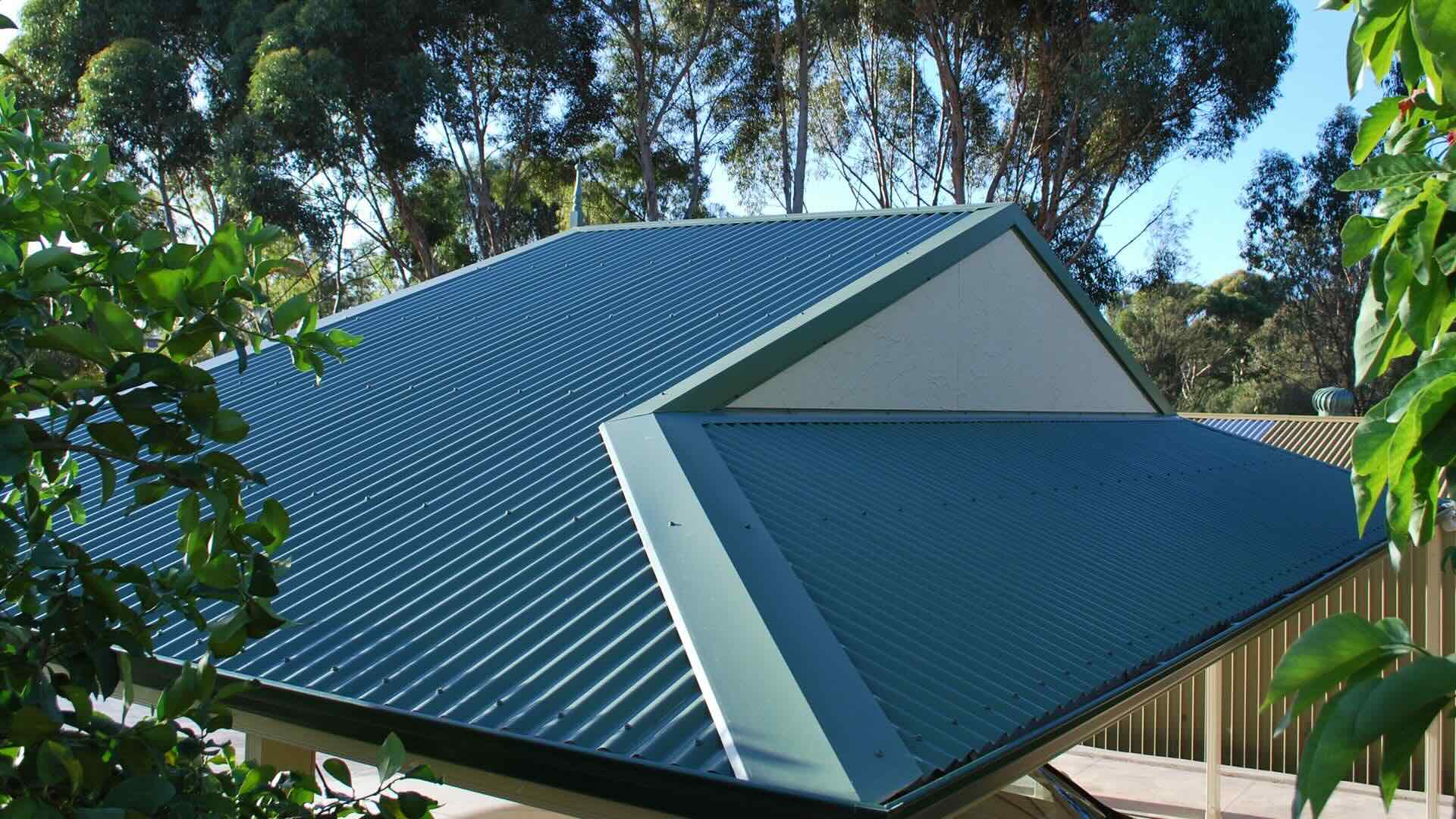
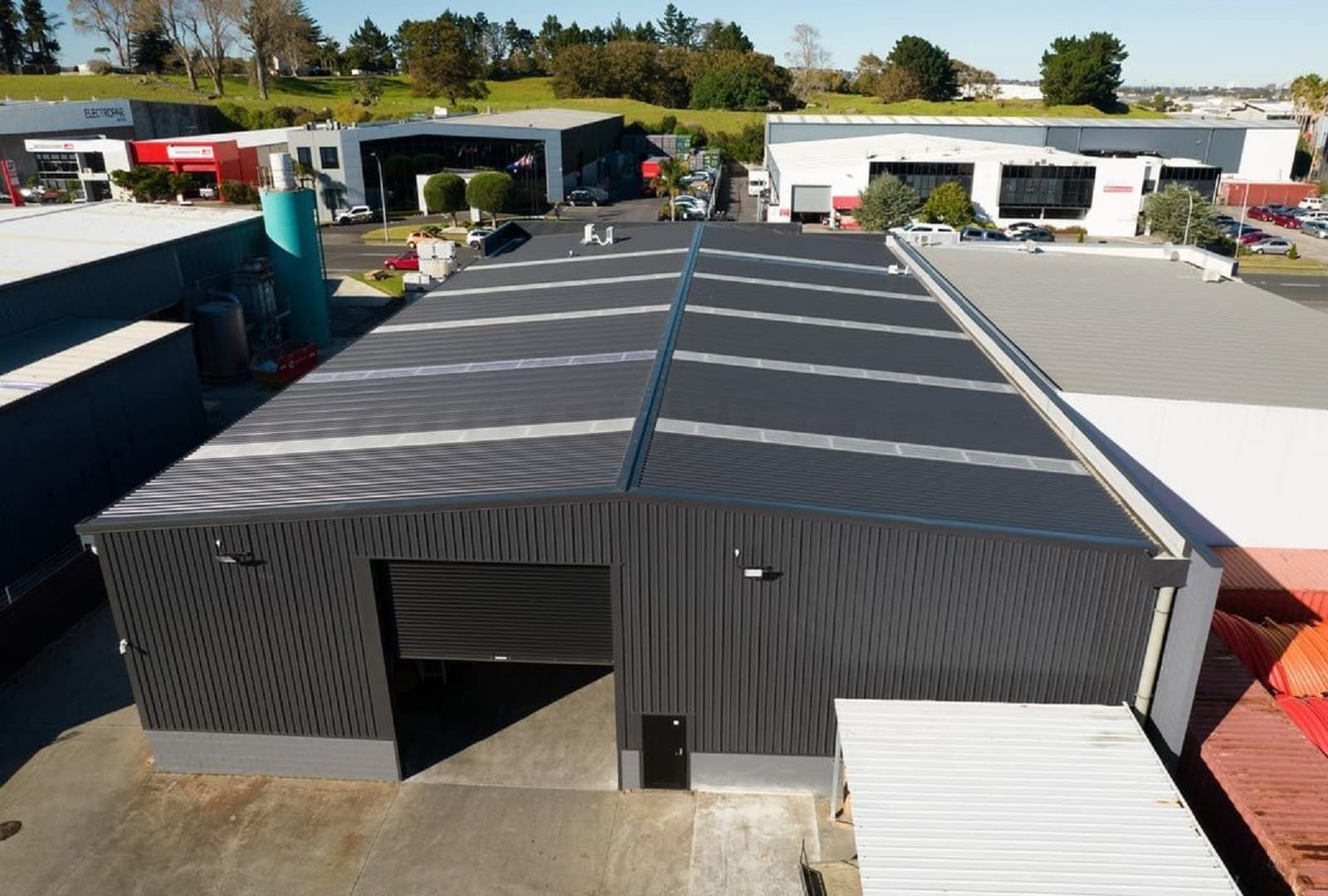
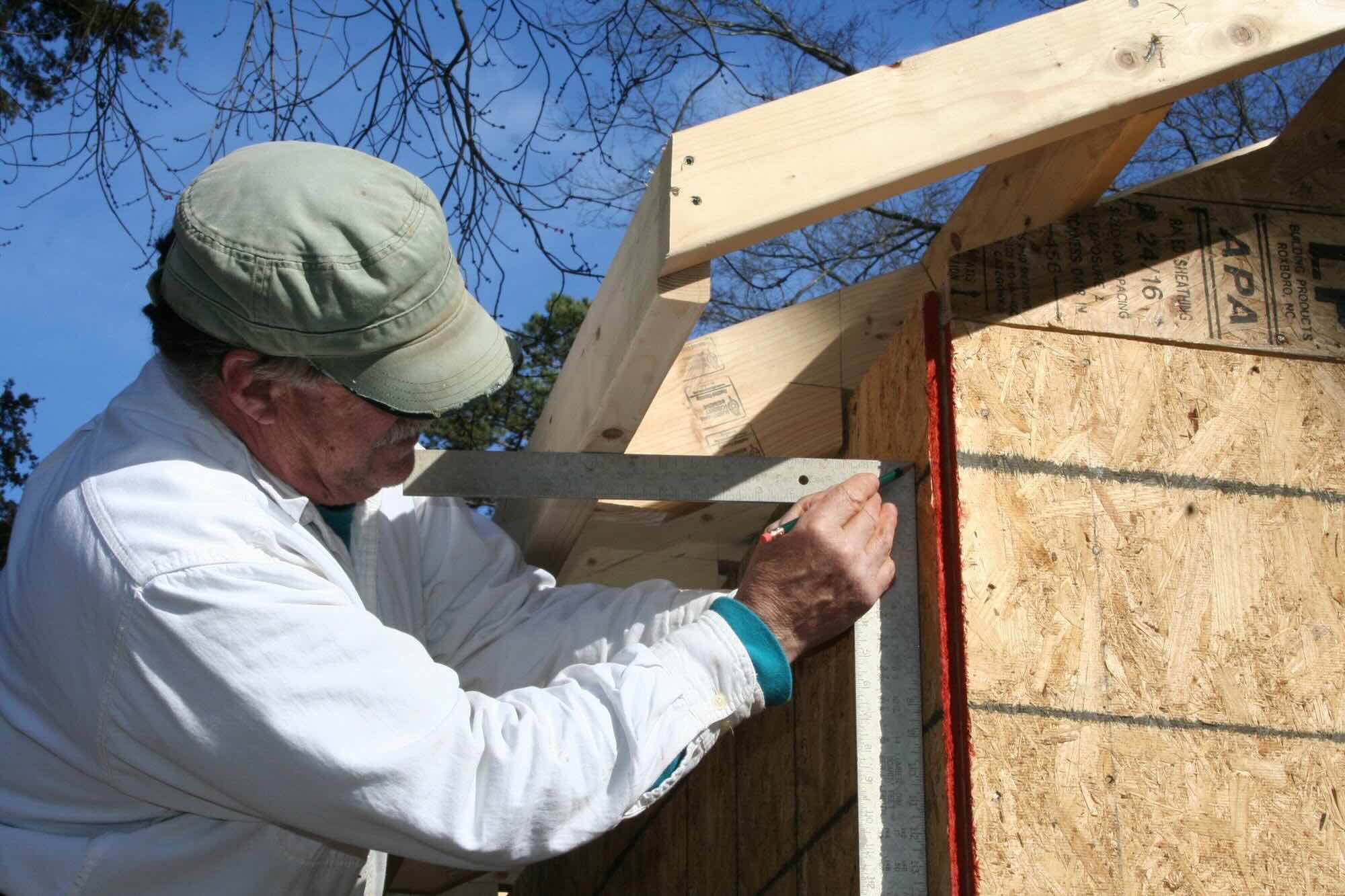
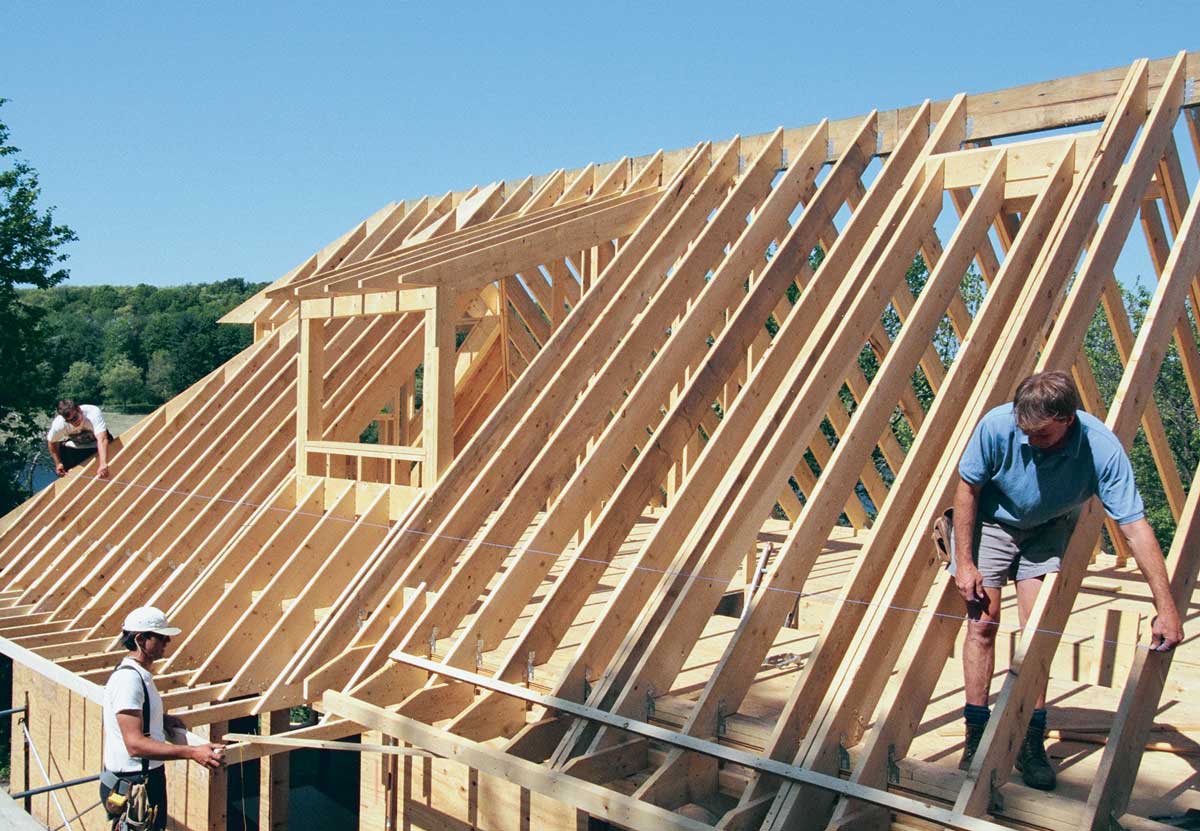
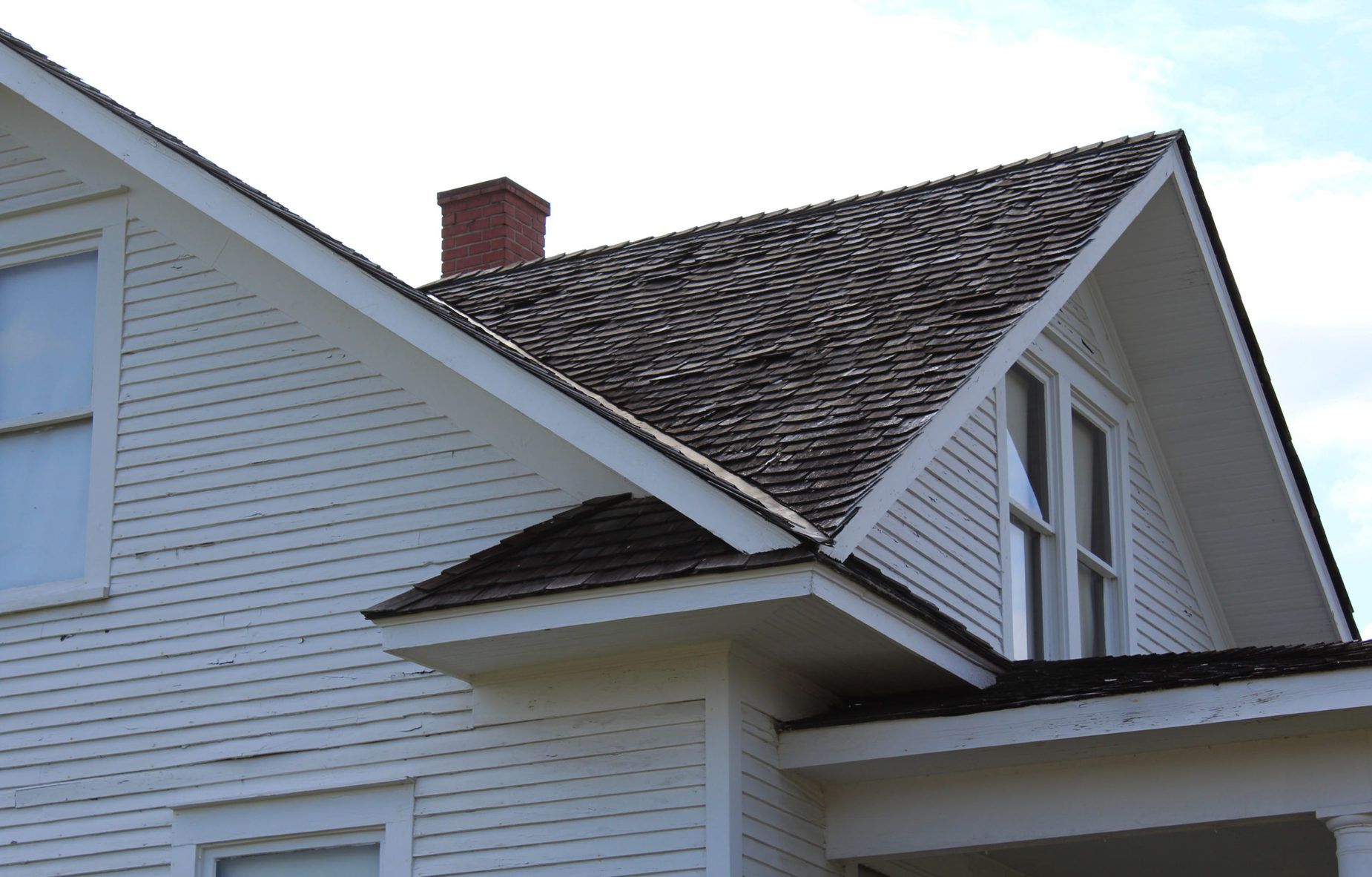
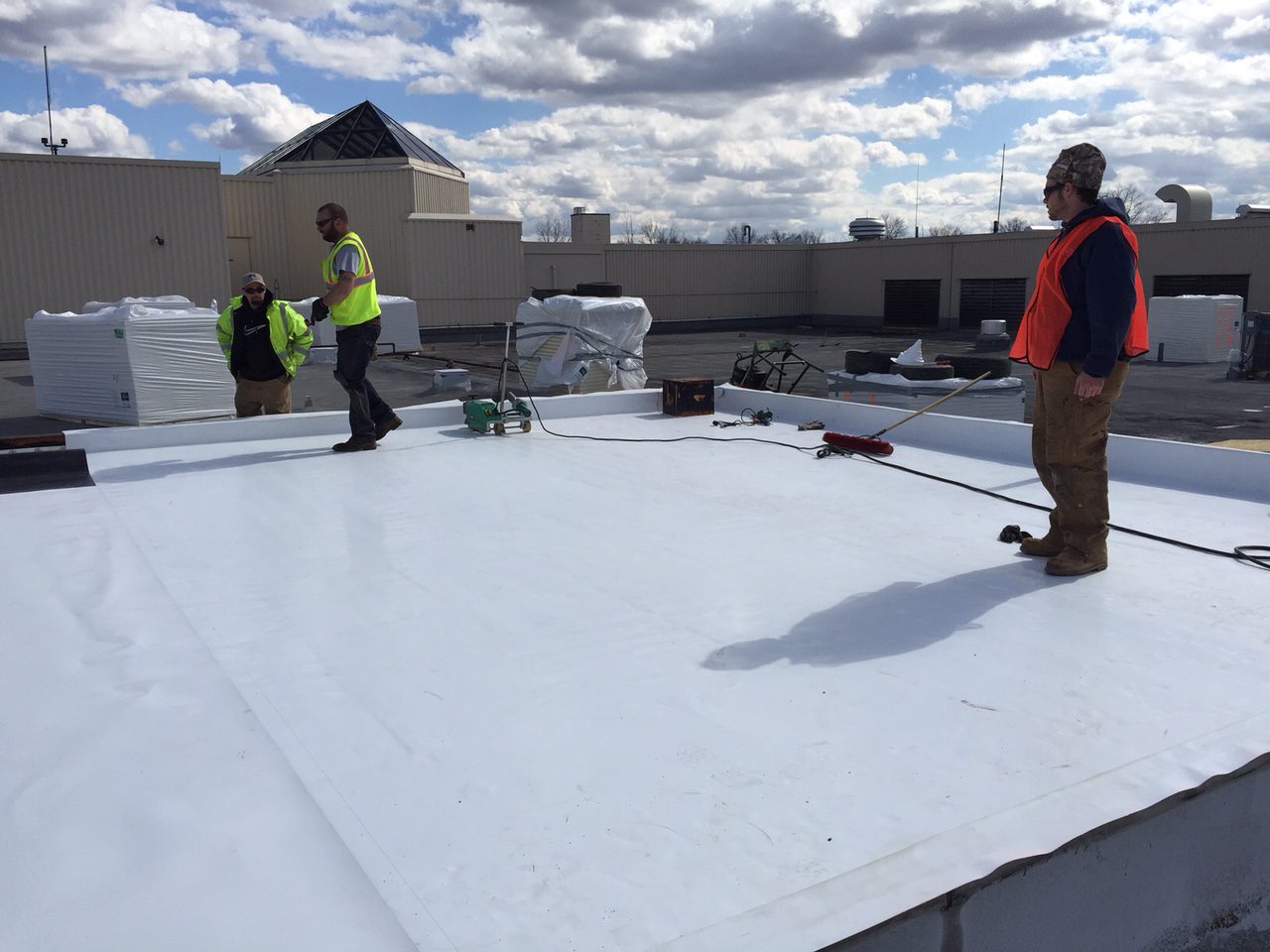
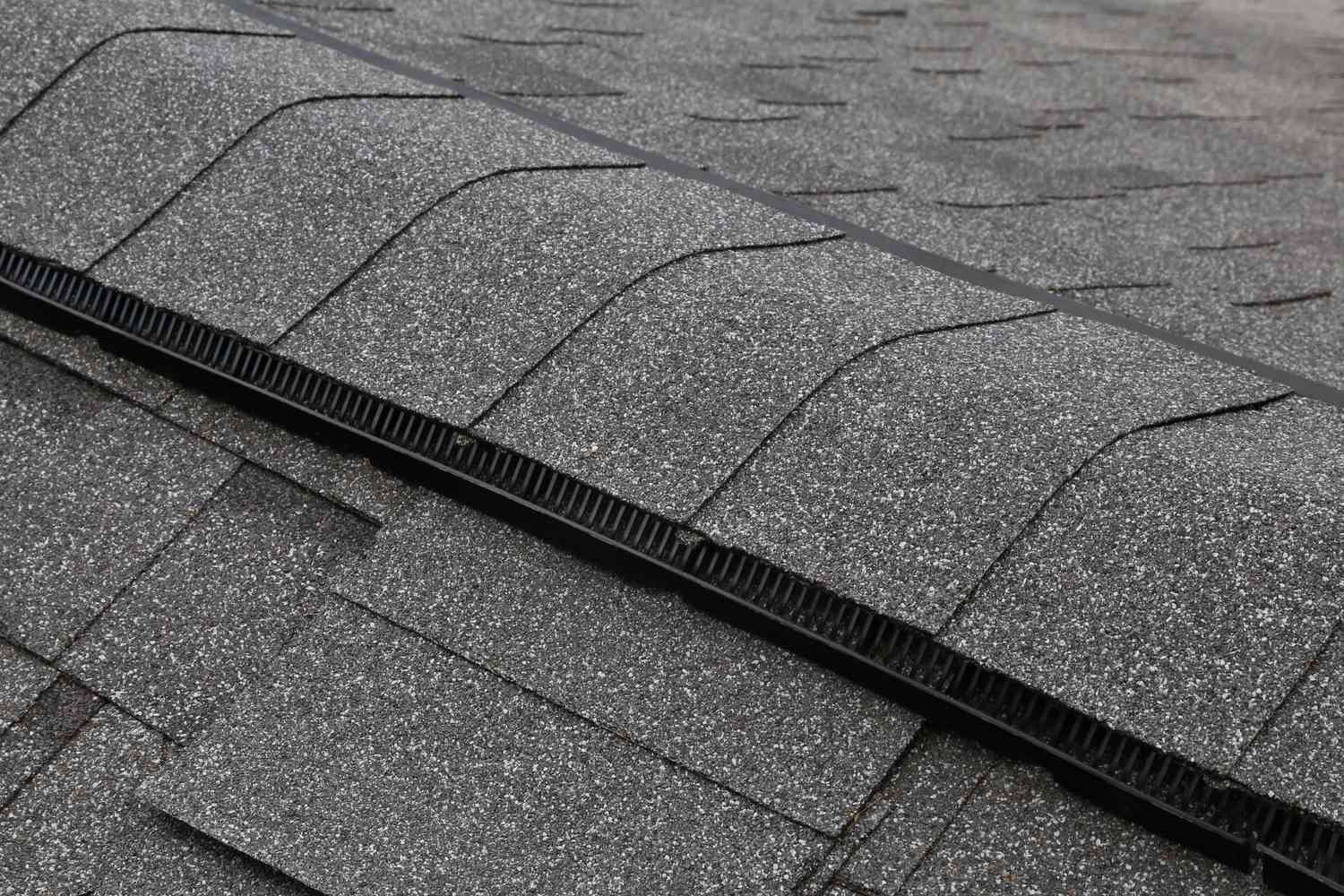

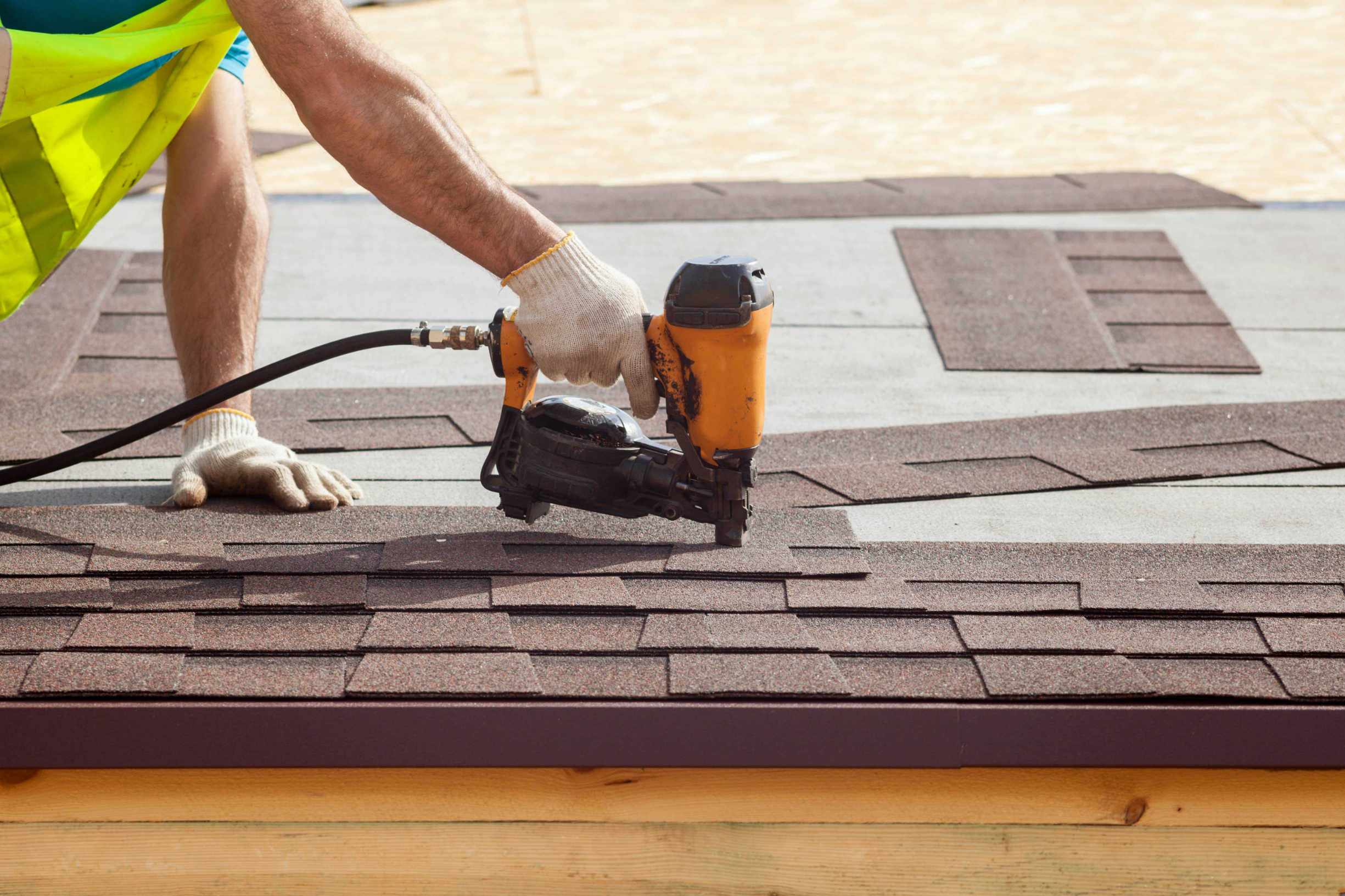
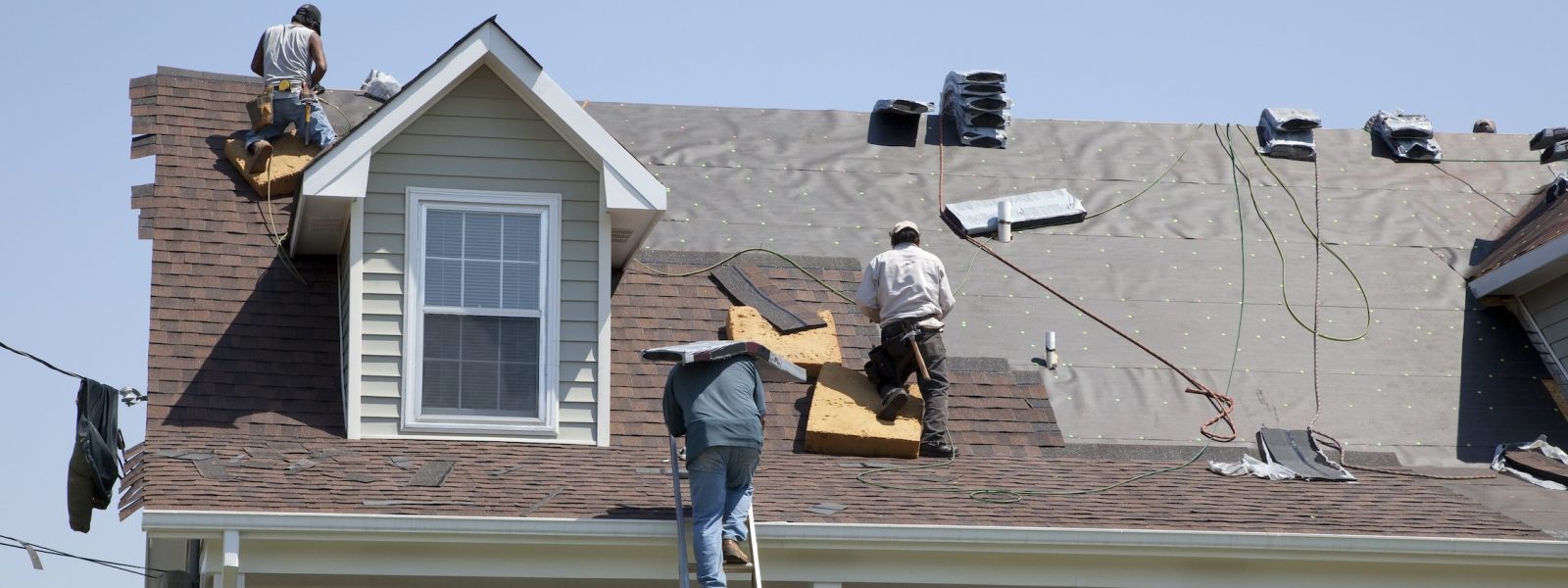
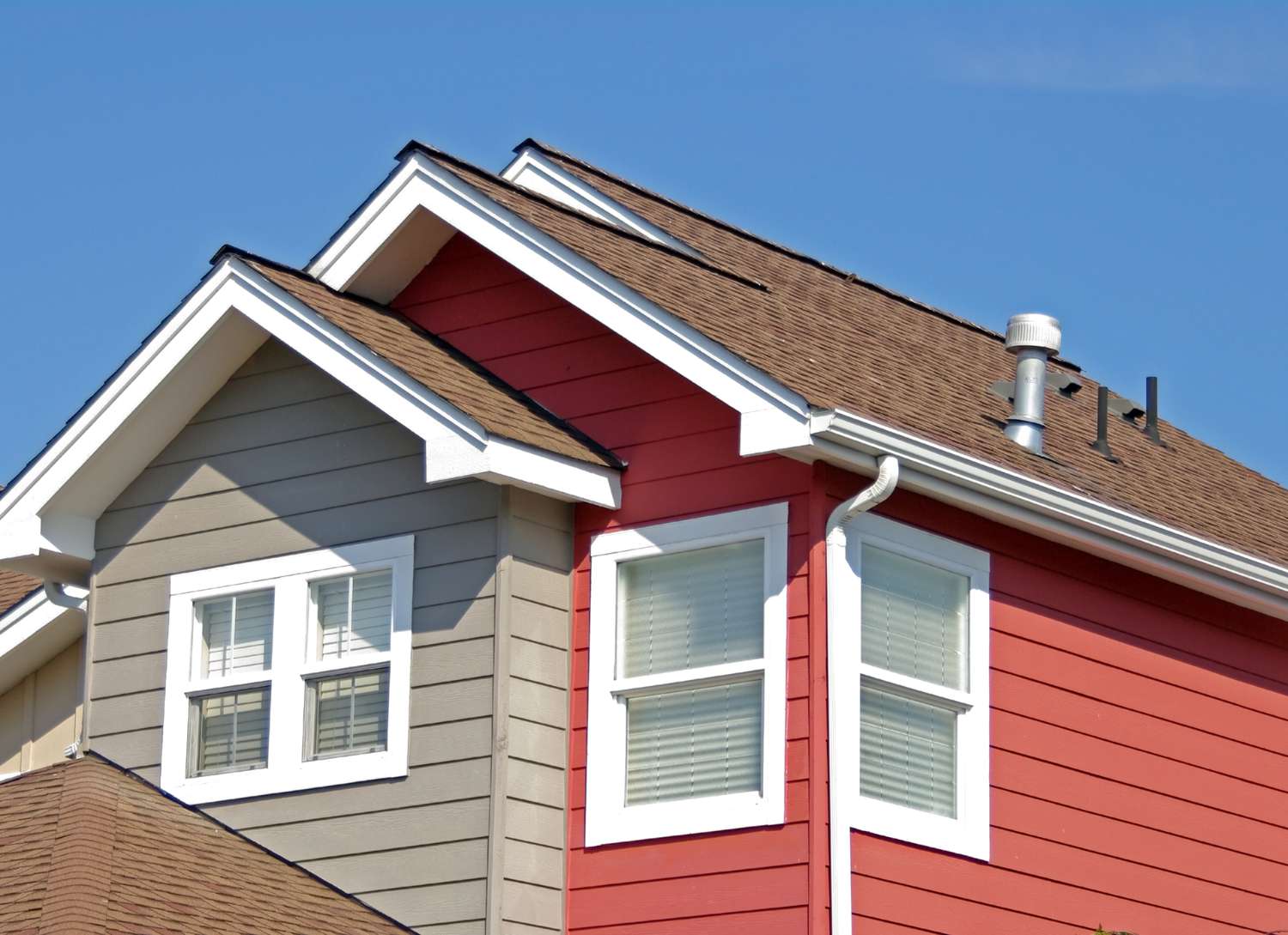

0 thoughts on “What Is A Roof”